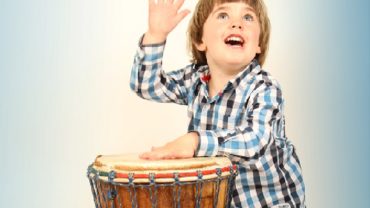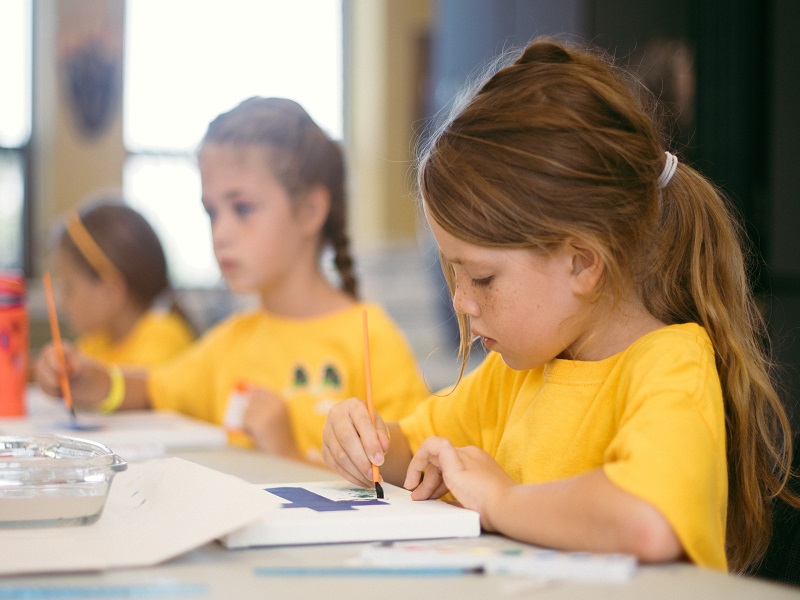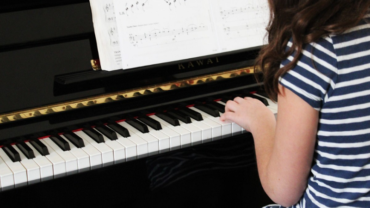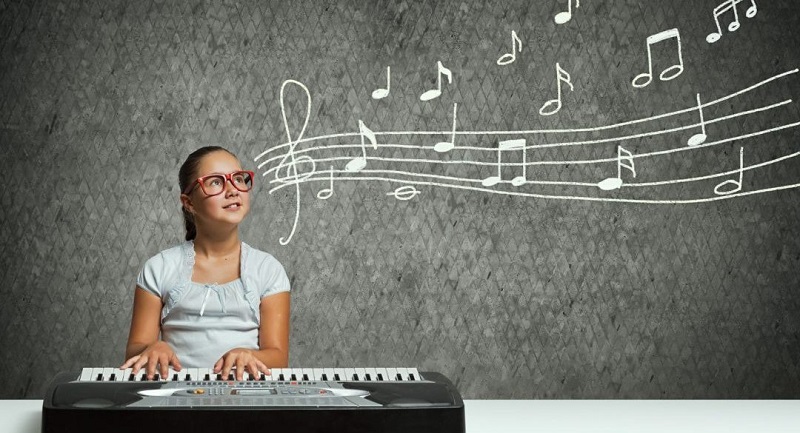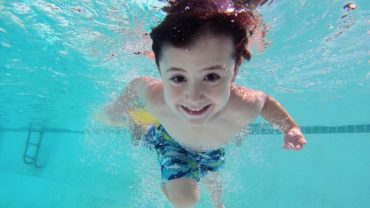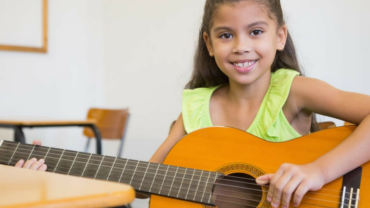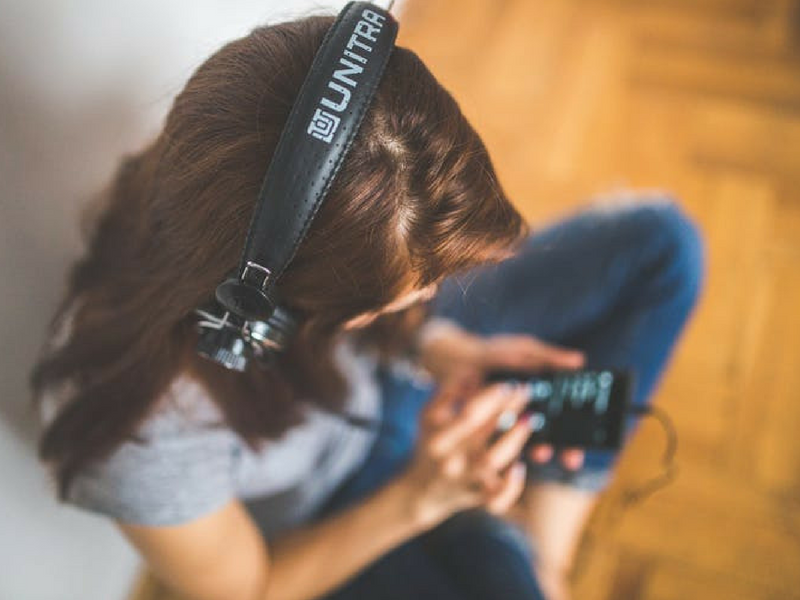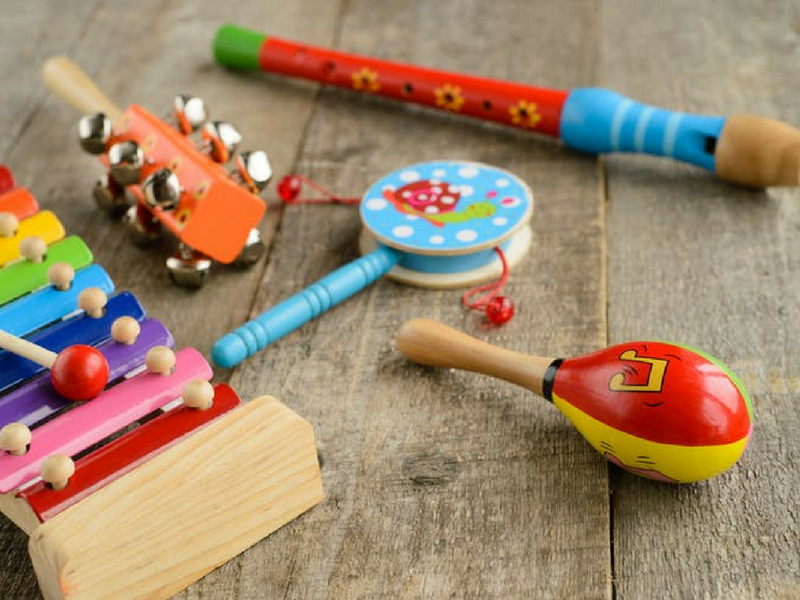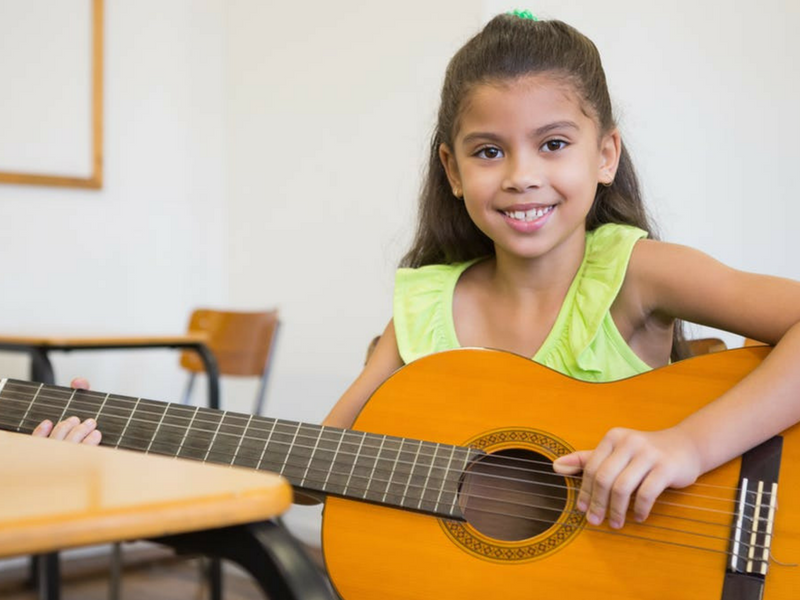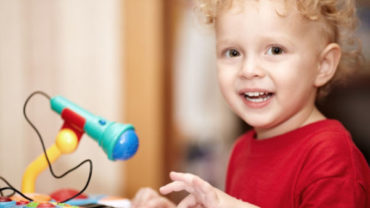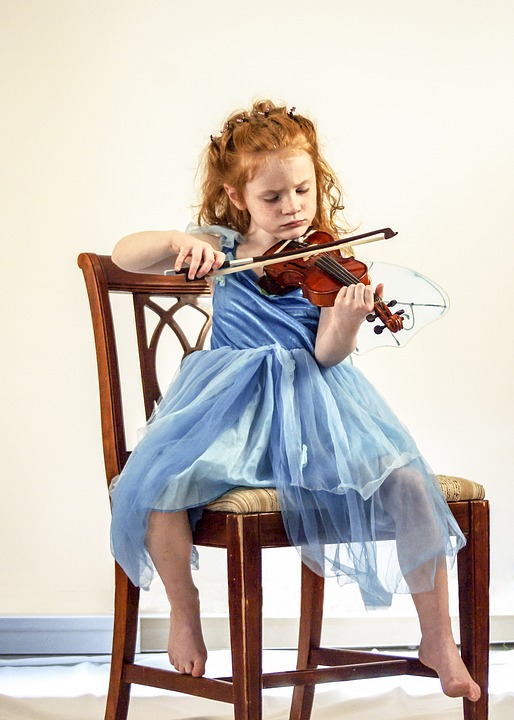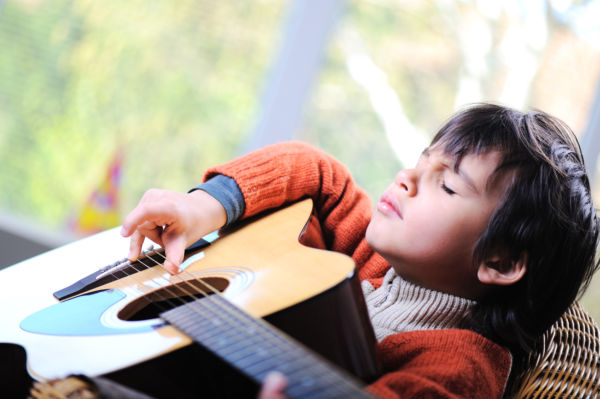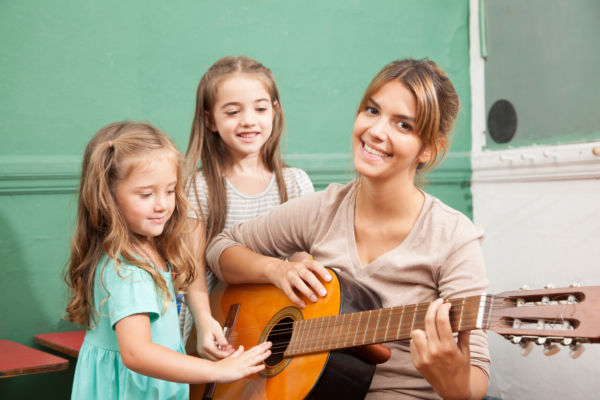via Psychology Today: This article was originally written for PediaStaff, a provider of pediatric therapy services.
A friend of mine, and fellow music therapist, Kat Fulton shared a story with me recently:
I utilized drumming at a camp for kids who have parents with cancer. We sang, chanted, and drummed. At the end of it all, I invited each child one by one to come to the center whenever they wanted. When they got to the center, they could cut off the drumming and share something they are thankful for. Then we’d continue drumming. After drumming and singing, and playing rhythm games for an hour, you can imagine how supported and safe these kids felt among their peers. One little 6-year-old girl came to the center and said “That my mom can still be happy.” Her father had passed from cancer.
This little girl experienced what many other children and adolescents have experienced before: group support and the feeling of safety that allowed her to share a big feeling. All facilitated through drumming.
Drumming isn’t an experience that “only” music therapists can use. In fact, many professionals with a little bit of training can use drum and percussion experiences to help children with special needs in the areas of motor strength and control, speech and communication, social skills, emotional expression, and cognition.
But what exactly is drumming? And how can it help children with special needs? Let’s explore…
What is Drumming?
When I first approached Kalani, a professional percussionist, Orff-certified music educator, and music therapist, and asked “how do you see group drumming used as a therapeutic tool?”, he responded with “how are we defining the term ‘drumming’?”
Kalani then shared with me an article he wrote with music therapist Bill Matney called “A Taxonomy of Drumming Experiences.” This article outlines various type of drum-based experiences: Drum Play, Traditional Drumming, Guided Interactive Drumming, Drum Circle, Musical Improvisation, Clinical Improvisation, and Technique-Oriented Play.
Whew!
When they envision “drumming,” most people think of the Drum Circle, which the taxonomy on the Music Therapy Drumming (MTD) website describes as an interactive group process that utilizes a variety of drums and percussion instruments. Although drum circles can be used for recreational purposes, they can also be used to target other goals. The drum circle facilitator, or leader, need not be a formally trained musician, but s/he should have some musical skills and some sort of training in drum circle facilitation.
However, “drumming” can include any number of experiences, from traditional playing to improvisation to “drum play.” For the purposes of this article, “drumming” will refer to any type of group drumming experience–the exact type of which will depend on the goals of the group.
Does Drumming Work?
The evidence seems to say “yes.” In December 2010, a research study was published in the journal Evidence-Based Complementary and Alternative Medicine. This study looked into the effectiveness of a drumming program in LA called “Beat the Odds”
What did the study find? That participating in drumming activities led to significant social and emotional improvements for the students involved.
This wasn’t the first study to look into how drumming helps children. One of the earliest studies, published in 1976 in the Journal of Music Therapy, investigated how a percussion “game” improved social behaviors for children with mental retardation.
Since then, research has provided support for the positive effect of drumming experiences on social behaviors, grief, self-expression, self-esteem, group cohesion, depression, behavioral issues, bimanual coordination, and learning for children and adults both with and without disabilities (you can find a short bibliography at the end of this article).
How Does Drumming Help Children?
This is all well and good, but what exactly can drumming do? And, more specifically, how can it help children with special needs?
Music therapist Bill Matney shares that there are many reasons why drumming can be useful as a therapeutic tool. Drums and percussion instruments are progressively accessible, physical, sensory, portable, socially interactive, expressive, cultural, and offer a unique aesthetic experience. Someone who has never played a musical instrument in his/her life can pick up a shaker and participate in a drumming experience.
For children with special needs, drumming can be a powerful tool to help them address:
- Social Needs. Drumming often occurs as a collaborative, interactive process. If facilitated correctly, participating in drumming experiences can help a child work on skills such as turn-taking and sharing, as well as help them feel they are part of a group contributing towards a group process.
- Communication Needs. Playing a drum or percussion instrument can be a useful way to communicate nonverbally and to “listen” to another person’s nonverbal communication.
- Fine and Gross Motor Skills. This may almost seem self-evident, but different playing techniques can be used to help work on different fine and gross motor skills. This can even be true for developing lower extremity strength (e.g. imagine standing and playing a large conga drum).
- Emotional Needs. As with the girl Kat Fulton worked with, participating in a drumming activity can help a child feel safe enough to express his/her feelings. Additionally–and speaking from experience–there’s nothing much better for releasing anger than banging on a drum.
- Cognitive Needs. By participating in a drumming experience, children can be working on attention, impulse control, and decision-making skills.
As with many interventions, there are contraindications involved. Kalani notes that too loud a volume, playing with poor technique, and using instruments with a high vibrotactile response can potentially pose problems. This is why getting trained as a facilitator is important.
What Training is Required?
One of the benefits of utilizing drumming experiences is that trained leaders or facilitators do not have to be trained musicians (a pre-requisite for becoming a board-certified music therapist). There are various training programs and resources around the country that offer training for future drumming facilitators.


